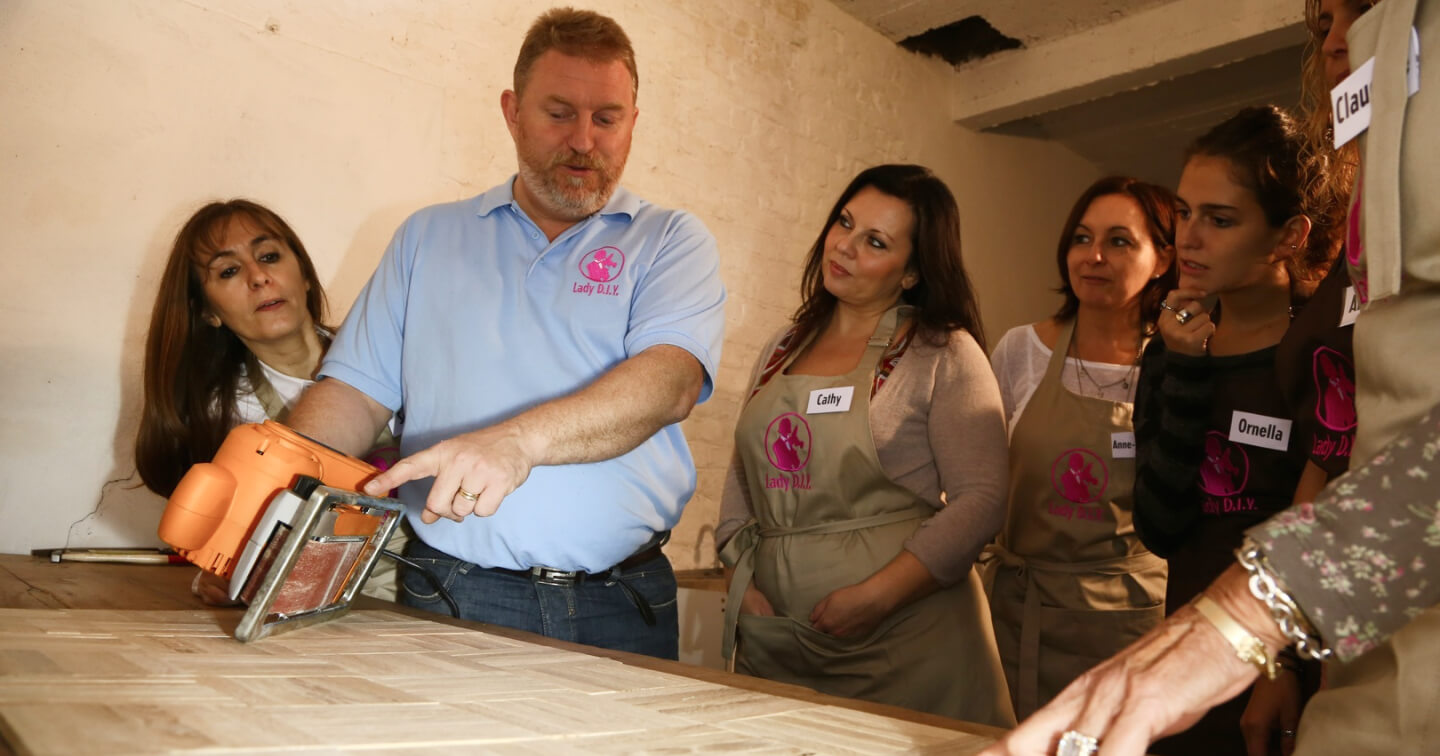Do Share Traders Have the Nerve to Hold and Wait?
In the high-stakes world of share trading, adrenaline often takes the wheel. Markets open, tickers move, and traders scramble to react. Buy the dip, sell the rally—repeat. But amidst the daily chaos, one old-school question lingers: Do share traders have the nerve to hold and wait? Not just for hours or days, but for months—even years.
The answer depends largely on mindset. Trading is often associated with speed. It’s about reading charts, spotting patterns, and capitalizing on short-term volatility. Patience, meanwhile, seems more at home with investors—the slow-and-steady types who park their money in blue-chip stocks and wait for compound growth to do its thing. But is it really so simple? Or does true trading success also require the guts to stay put when everything screams “sell”?
The psychology of waiting
One of the hardest things in trading isn’t pulling the trigger—it’s doing nothing. When a trade is red, your instincts yell “cut your losses.” When it’s green, they whisper “take the profit before it disappears.” That inner voice is powerful, and it’s often wrong.
Holding through drawdowns, even temporary ones, takes mental strength. It means trusting your analysis, your entry point, and your longer-term vision. But more than anything, it means enduring uncertainty—something the human brain is hardwired to hate.
This is where seasoned traders separate from the rest. They know that waiting doesn’t mean being passive. It means being disciplined. It means knowing when not to trade.
The numbers support it
There’s growing data showing that holding onto quality trades—even within a trading framework—can outperform high-frequency strategies. A 2023 study by a European brokerage firm found that traders who held winning positions for an average of three to six months earned 12–20% higher annualized returns than those who flipped trades within a week.
Moreover, legendary investors like Warren Buffett aren’t the only ones preaching patience. Even among traders, names like Jesse Livermore and Paul Tudor Jones have emphasized the importance of riding out trends. Livermore famously said, “It was never my thinking that made the big money for me. It was always my sitting.”
Why holding is harder than ever
We live in the age of instant gratification. Social media, 24/7 news, and mobile trading apps make it nearly impossible to ignore market noise. Every dip feels like a disaster, every rally like a missed opportunity.
Add to that the gamification of trading—complete with flashing notifications and community-driven hype—and you’ve got a recipe for impulsive decisions. The modern trader is constantly tempted to react, not reflect.
In this environment, having the nerve to hold becomes a superpower.
How traders can build that nerve
Building the patience to hold is like training a muscle. Start by having a clear trading plan. Know your entry and exit points before you click “buy.” Set alerts, not obsessions. Focus on the thesis behind the trade, not just the price action.
Risk management helps too. If your position size is too big, holding feels scarier. Keep it manageable so you can afford to wait without losing sleep.
Finally, zoom out. Look at the bigger time frames—weekly or monthly charts instead of five-minute candles. You’ll often see a very different, more reassuring picture.
One of my strategies is to hold no matter what the market does. I only buy S&P100 stock and I will either sell when the target has been reached or until the Dividends I receive add up to the target. I will then sell for an even return. Here is my latest purchase and given the recent stock market dive created allegedly by the TARRIF issue in the United States. BHP stock bought in February versus today. Watch this space and we will see how long it takes. No matter what happens, a thousand shares are still a thousand shares.

Conclusion
So, do share traders have the nerve to hold and wait? Some do—but it’s rare. The best traders combine technical skill with emotional control. They know that sometimes, the boldest move is no move at all. Waiting isn’t weakness—it’s wisdom. And in markets, that kind of patience can be a serious edge.









Leave a Reply